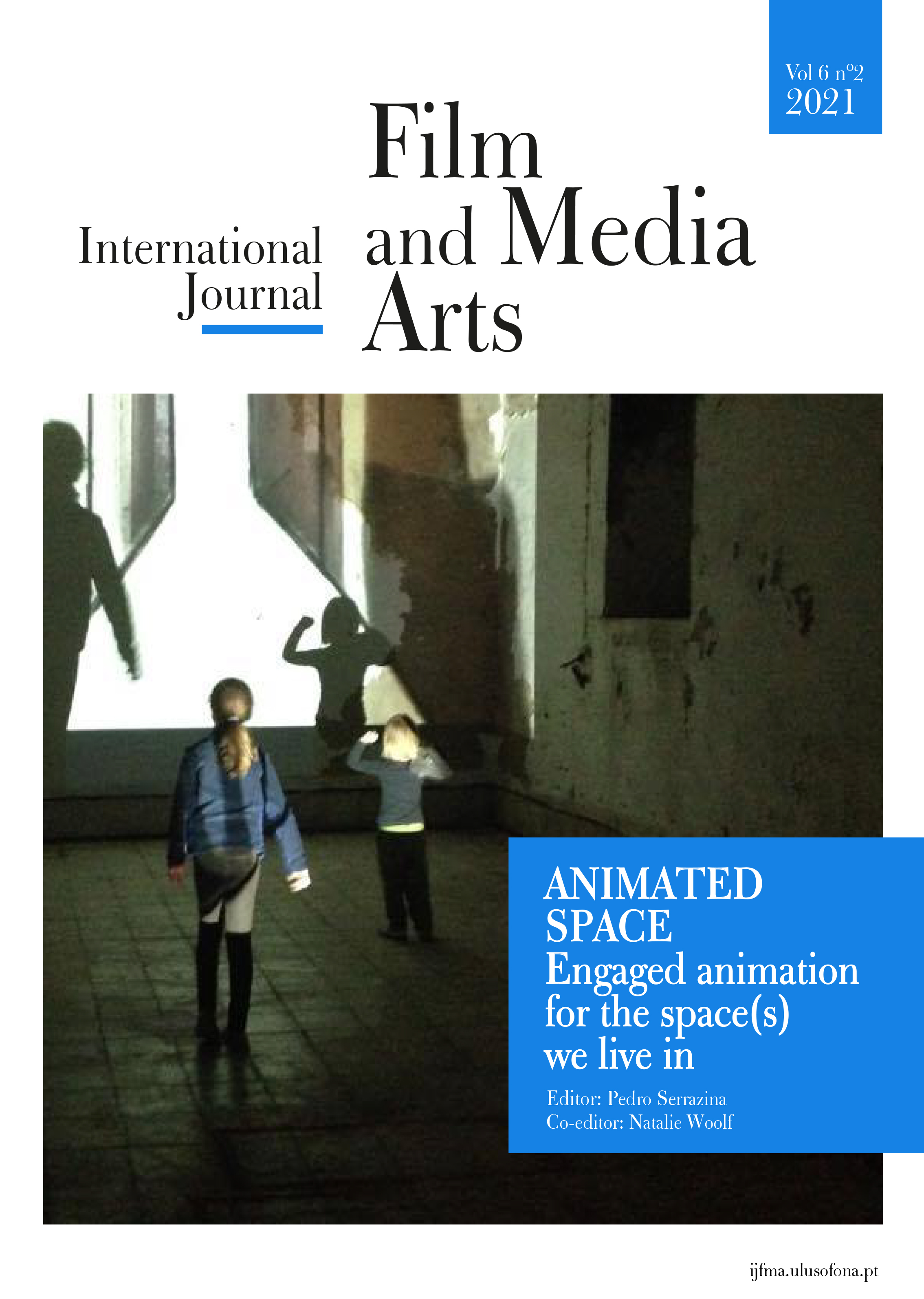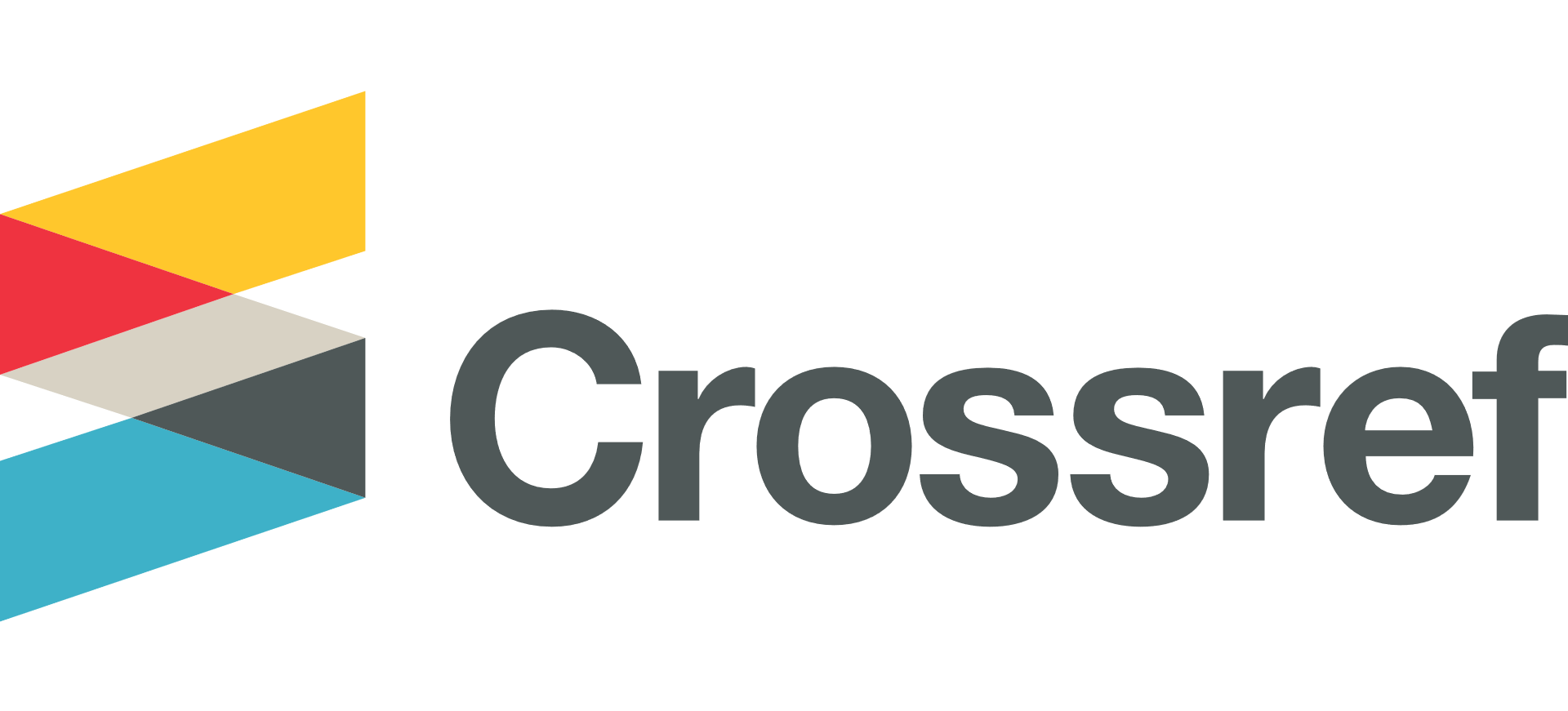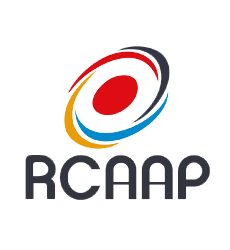Stage-directing the Virtual Reality Experience: Developing a Theoretical Framework for Immersive Literacy
Abstract
Despite the incremental improvement and inclusion of immersive technologies in entertainment, training simulation, fine art, inclusive design, academia, and education; Virtual Reality (VR) still faces issues regarding its ability to compete with films and animation in visual storytelling without merging into the realm of video games.
In 2015, Pixar’s Ed Catmull warned moviemakers that Virtual Reality is “not storytelling” and argued that the linear aspect of narratives poses an obstacle that cannot be overcome with VR. In contrast, Catmull argued that VR has immense application in games. However, VR creators have been pushing the boundaries and possibilities of delivering narratives in virtual spaces. In 2019, the VR experience “Gloomy Eyes” was presented at the Sundance festivals featuring a 30-minute story split between 3 episodes. The simulation is structured to provide its audience with some degrees of freedom while guiding them intuitively through the virtual space. In 2021, Blue Zoo also released a VR project titled “The Beast” featuring a cyclist powering up a snow-covered mountain. The short film was entirely created in Quill VR with the intention of being treated like a theatrical play rather than a film.
While the creators of “The Beast” have explicitly mentioned the influence of theatre, “Gloomy Eyes” draws its visual language from similar theatrical roots. This paper argues that VR has been mistakenly compared to film and animation when it should be associated with theatre. The audience of both are not passive as they are during the screening of a film or animation. The space and the medium demands participation through their presence in the same space with the actors/characters. Theatre presents a promising candidate for extracting criteria that could be used to develop a visual language for VR.
This research aims to formulate a framework for developing a VR visual language through comparison between character-driven narratives in VR such as “Gloomy Eyes” and “The Beast”. The comparative study establishes overlapping criteria and characteristics found in the structure, literacy, sound, and delivery format of narratives in a theatrical performance. These criteria are then outlined and discussed, drawing from affordance theory and discussions on aural and visual attention in theatre, to form a holistic view in approaching VR literacy.
Copyright (c) 2021 IJFMA

This work is licensed under a Creative Commons Attribution-NonCommercial 4.0 International License.











